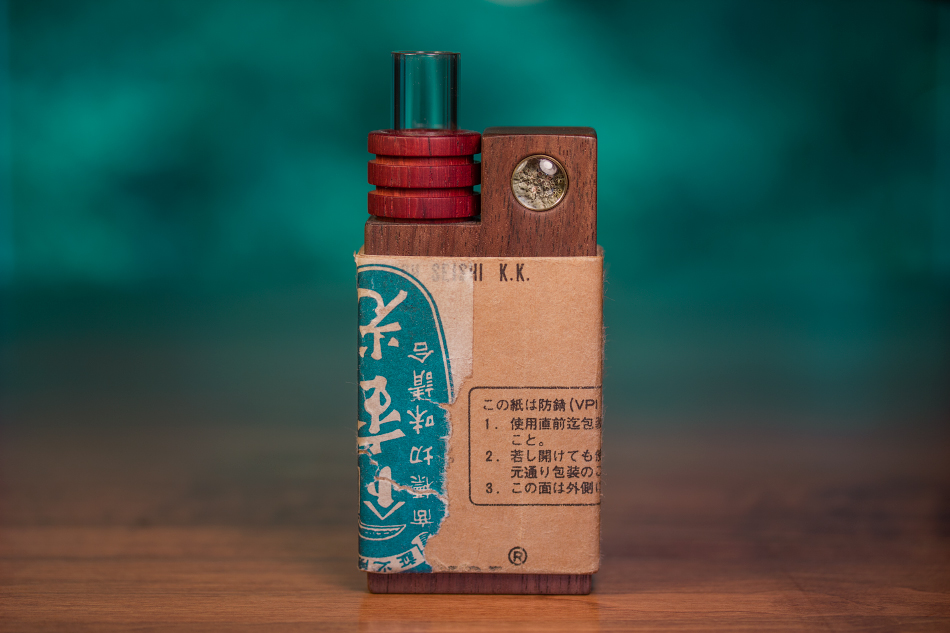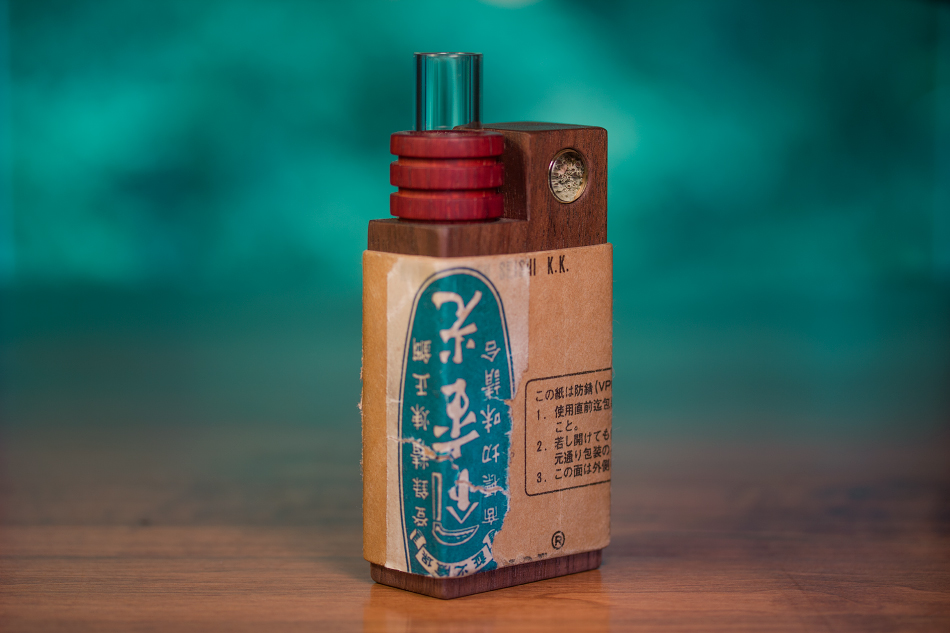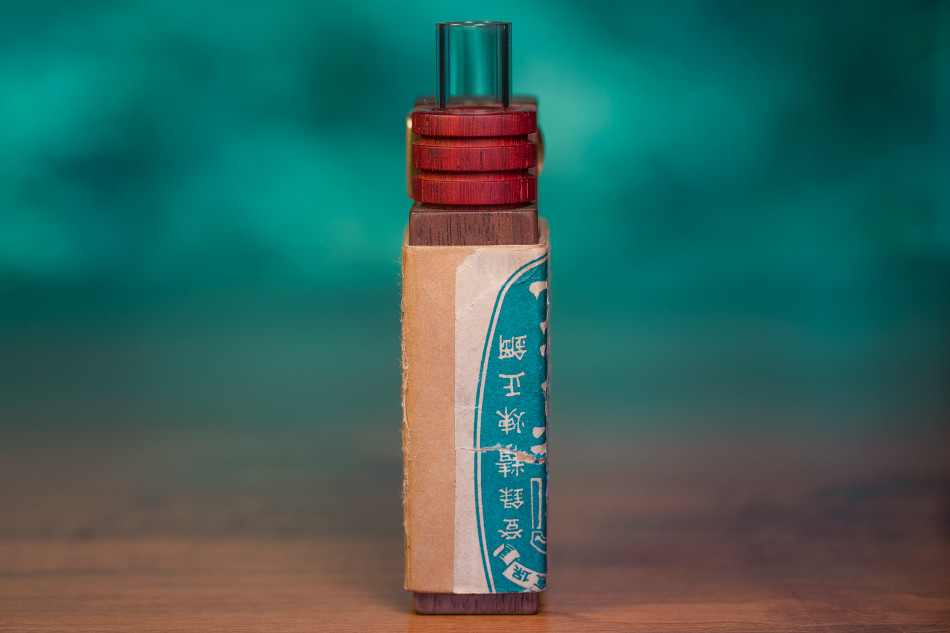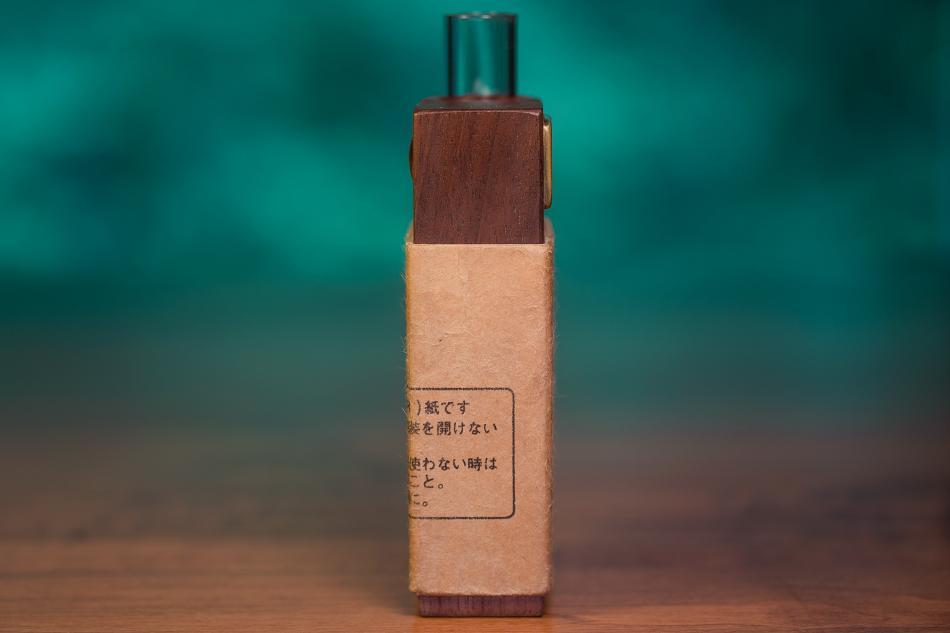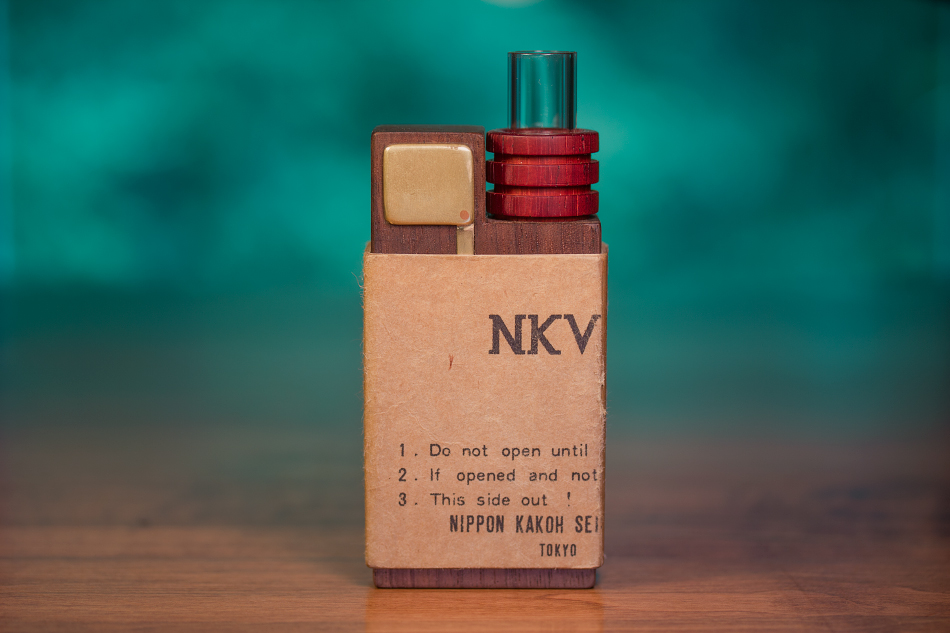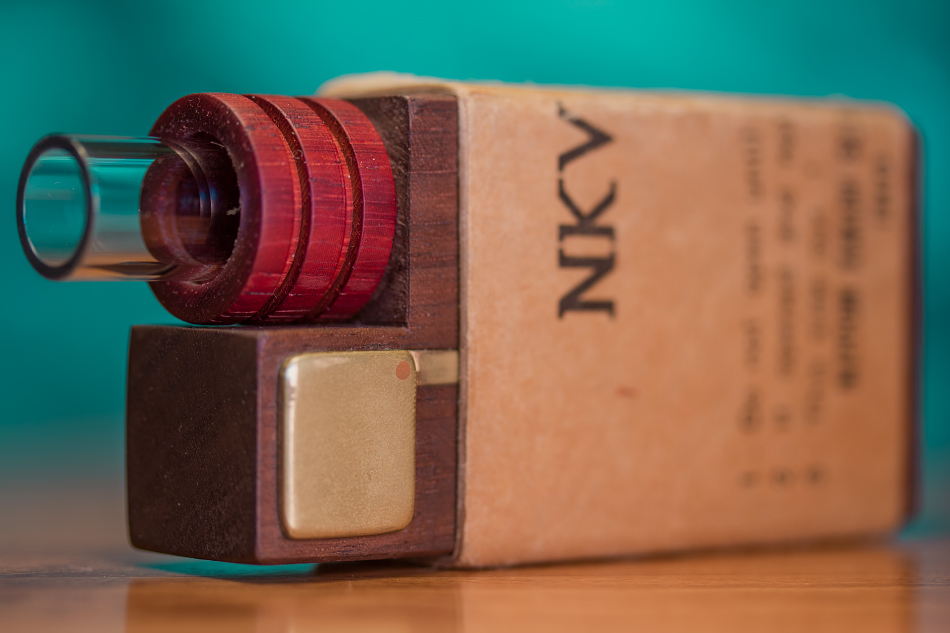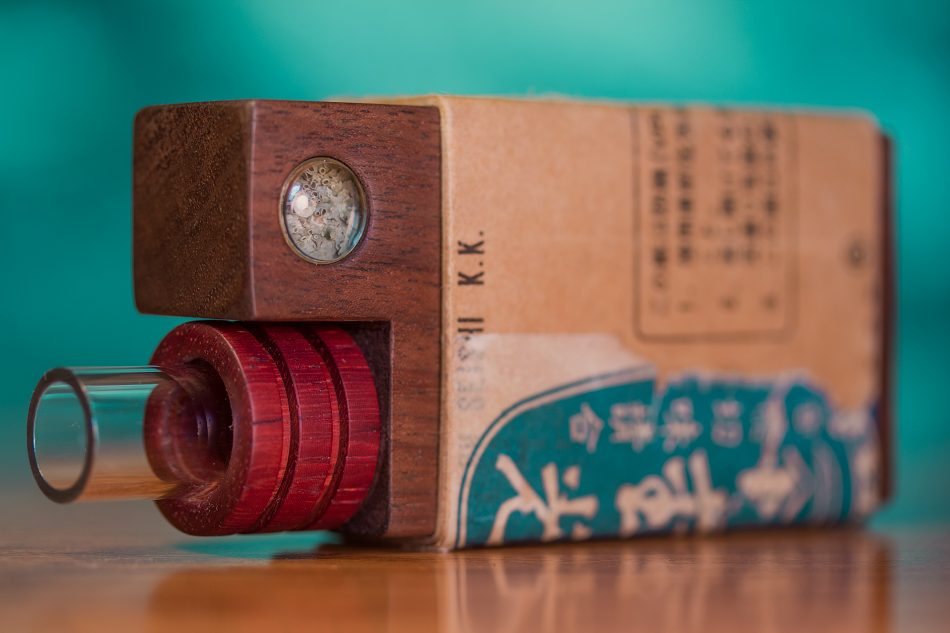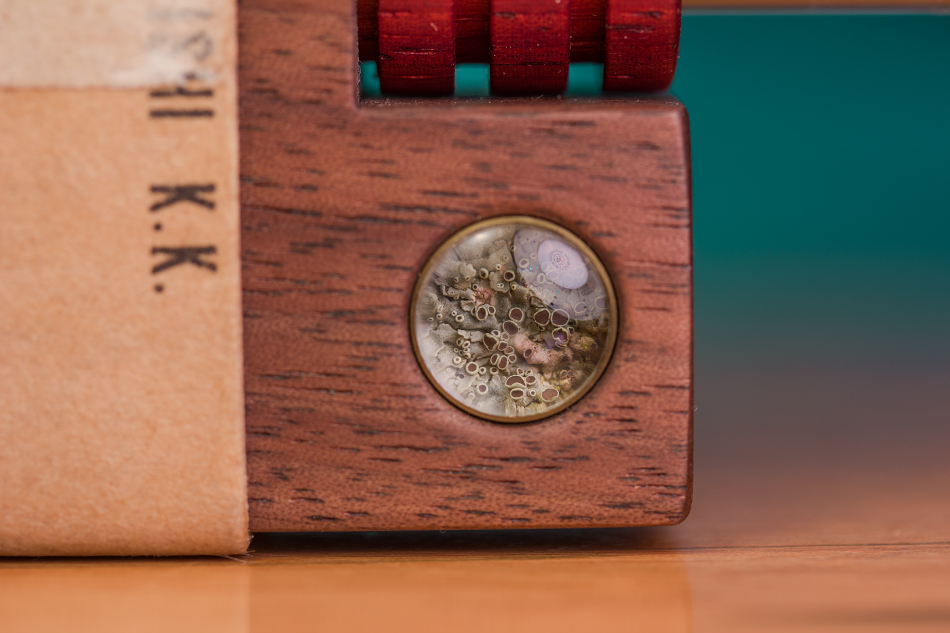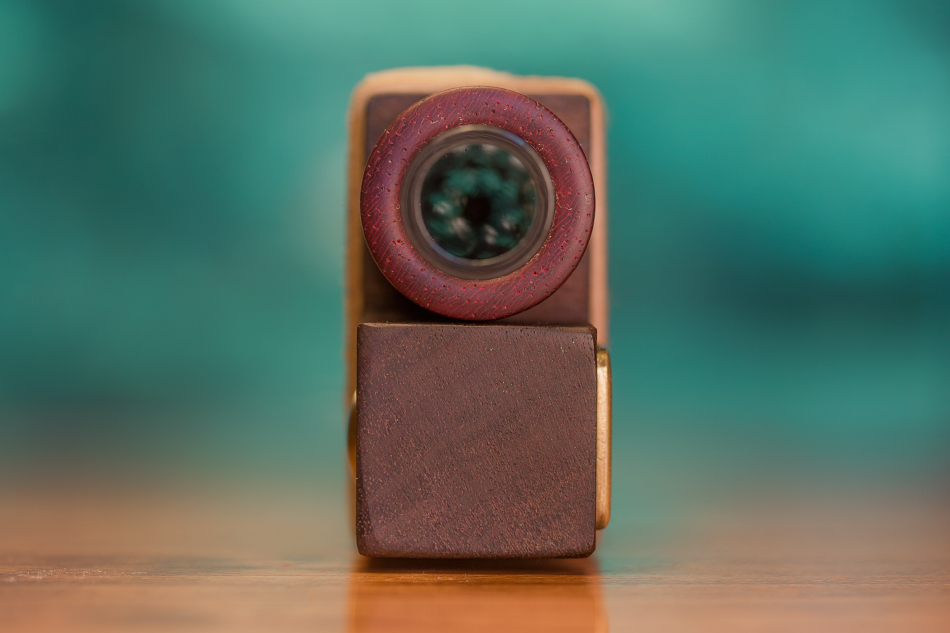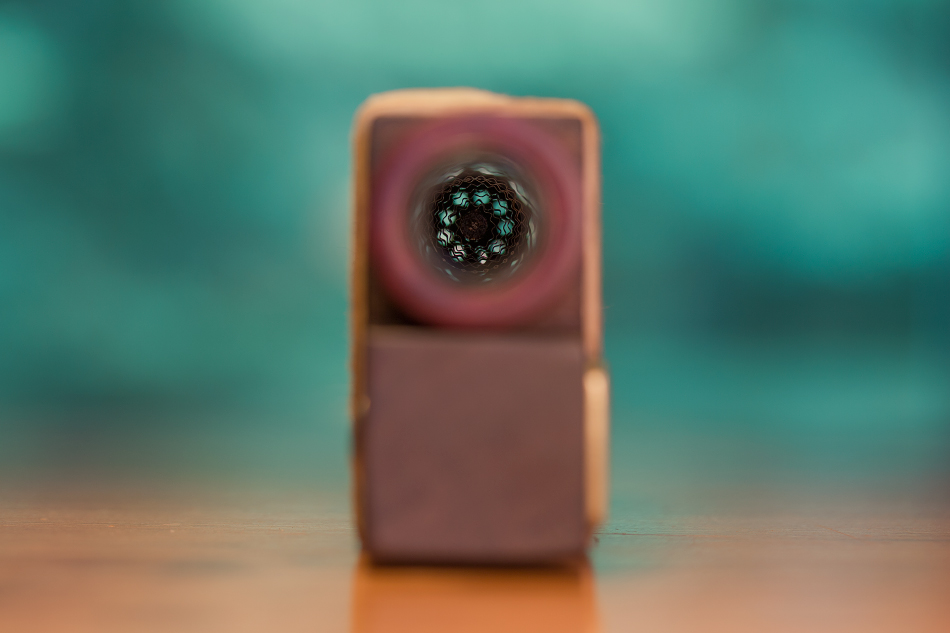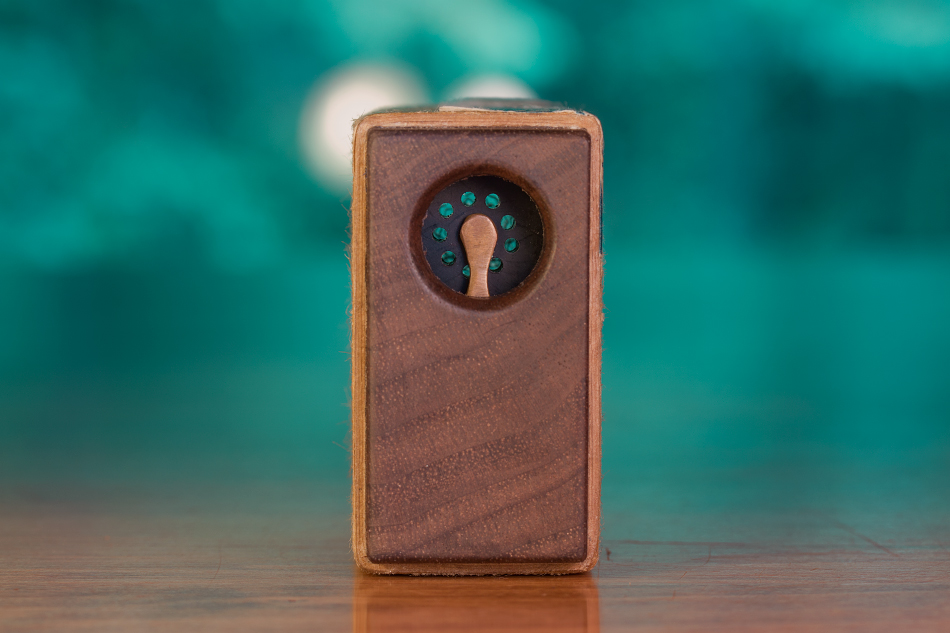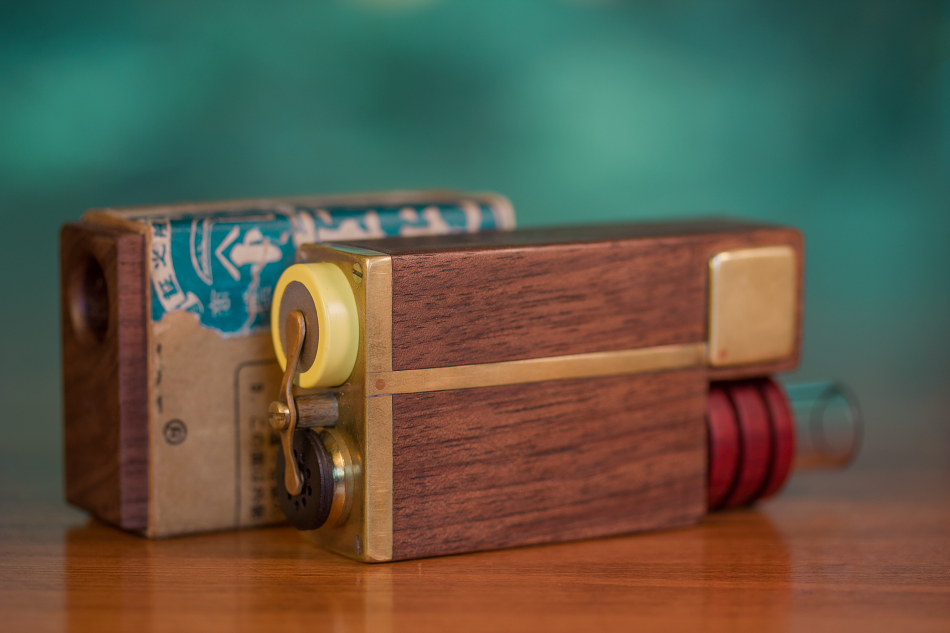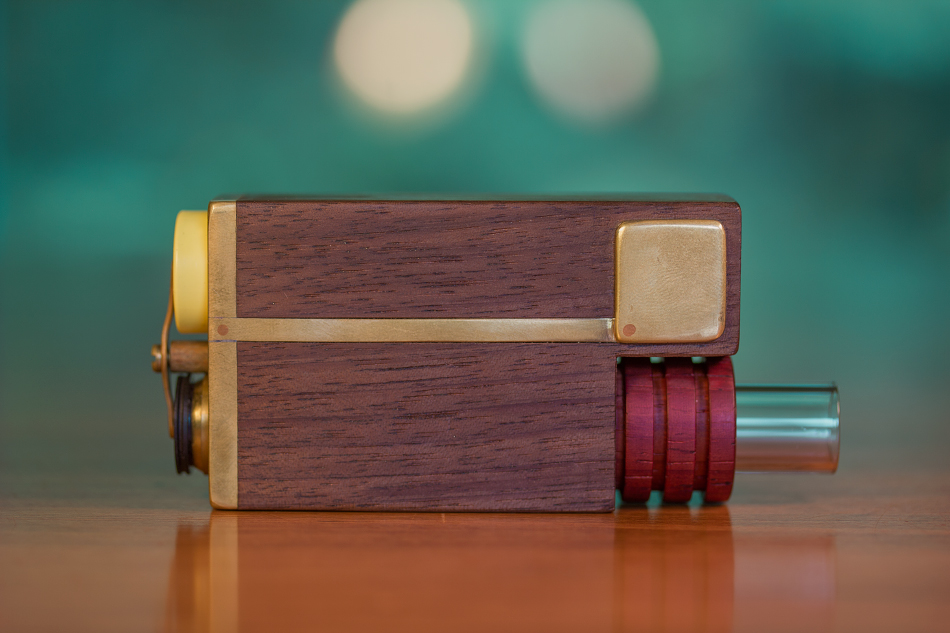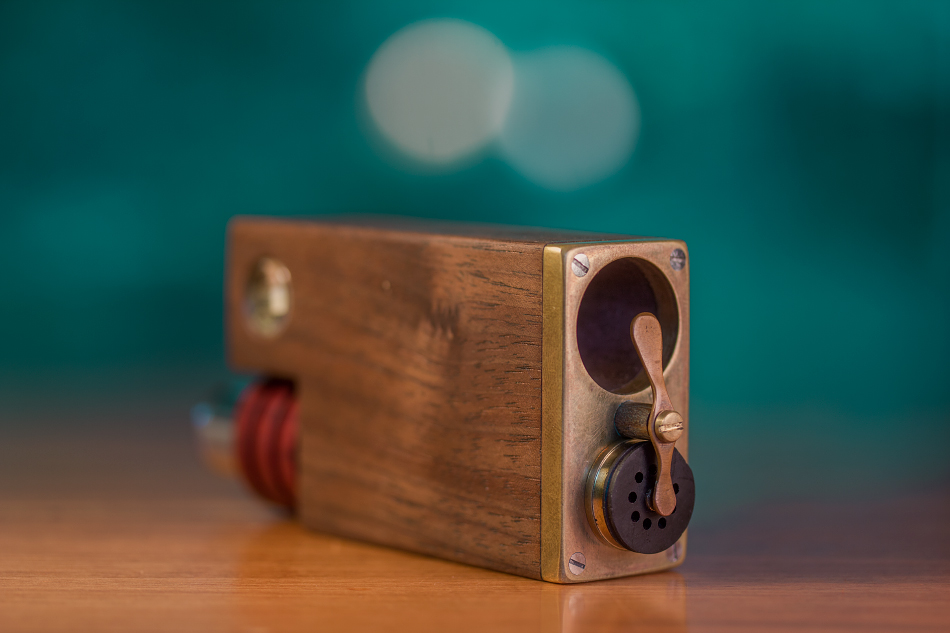natural farmer
Well-Known Member
I don't need any hype! Just send me a Nomad!!! Hahaha

Firewood Customer,
PLEASE STOP USING YOUR FIREWOOD 4 IMMEDIATELY!
This notice is being sent to inform you of a serious safety issue that has come to light with the Firewood 4 vaporizer. There was an incident where a battery vented and caught fire immediately after the battery door was closed on the unit. Fortunately there were no injuries, but a serious safety risk still exists.
For the Nomad I already told Dan that having the cell positive terminal facing down (outwards) was not a good idea, especially when the springy bridge can grind the cell close to the top insulation ring. Lazy users will not lift the sprong when doing and undoing it, and if the shrink wrap insulation shears at this location it can be quite bad.
Undecided on final price/discounts..etc..
Rough estimate, yes. Somewhere around $275 usd.
I saw a post on an e-cig forum that the better battery orientation design for safety was (+) toward the heater and (-) toward the switch. Isn't that the way the Nomad is laid out?
So are you saying that the battery operated vapes with flat topped batteries are all unsafe?The problem is not the circuit itself, it's having a moving contact grinding on the positive side. In fact the circuit wouldn't exist, the contact alone would be enough to create the short on a cell with damaged wrap/insulator.
Let's not forget that these cells are absolutely not meant to be used the way we do. This is why at some point people thought that Sony stopped production, but in reality they didn't. They just started selling only to OEMs (power tools, e-bikes etc) to be used as part of battery packs with a protection circuit.
This is also why Imrbatteries.com is displaying a similar warning. Nobody wants to be involved with accidents and they are bound to happen with this design. When you use button top cells (i.e. protected) the problem doesn't exist. Same when the cells are assembled inside a pack with spot welded tabs and a BMS circuit.
We're playing with fire here (pun intended)
The problem is not the circuit itself, it's having a moving contact grinding on the positive side. In fact the circuit wouldn't exist, the contact alone would be enough to create the short on a cell with damaged wrap/insulator.

The tension adjustment screw, shown here in brass, is only used for adjusting the pressure of the contacts. It doesn't spin with the bridge, so the threads will not wear quickly. In any case, the threads go deep into the main body with a steel thread insert. So the brass screw will wear before the steel thread, and then can be easily replaced.
Because the downwards pressure of the screw is applied at the center point between the two contact pads, the two contact spots work against each other to evenly distribute the force... And if one battery is a bit taller than another, the bridge is able to tilt slightly and still give equal solid pressure on both contact pads.
Also shown here is a verawood spacer/insulator under the bridge screw, but this will most likely be black Delrin or African blacwood in the production units.
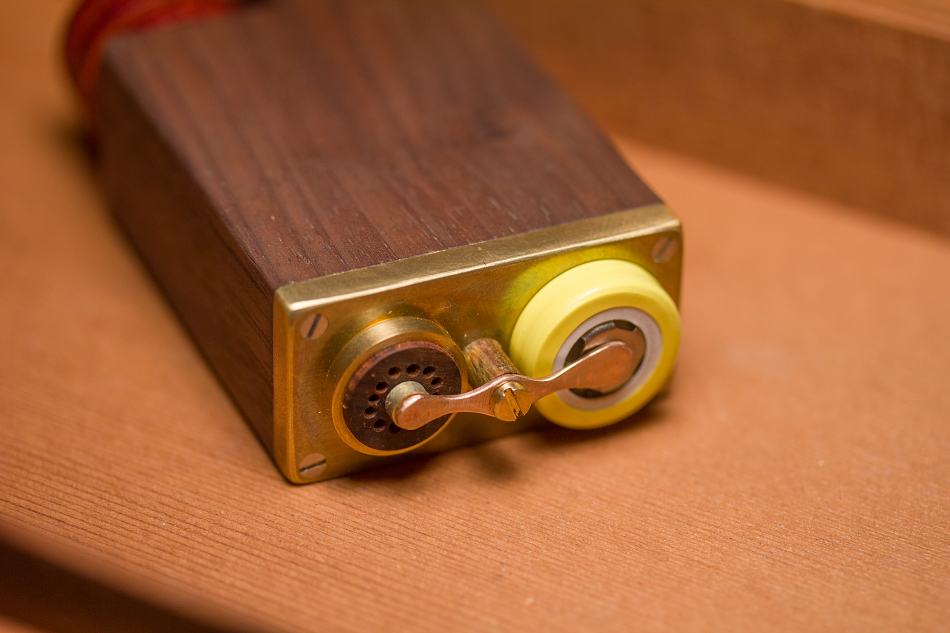
Now I just have to finish the sleeve and bottom plate and we're pretty much there!
So are you saying that the battery operated vapes with flat topped batteries are all unsafe?
It seems to me that based on the geometry shown in the photo, and Dan's comments about tilting and pressure, that the moving contact wouldn't really be "grinding" against the critical area. I believe the moving contact would only lightly rub against the wrap and shouldn't really cause any damage since it is rounded on the bottom.
Perhaps @KeroZen and/or other knowledgeable members could enhance my (our) understanding on conditions in which a short can occur.
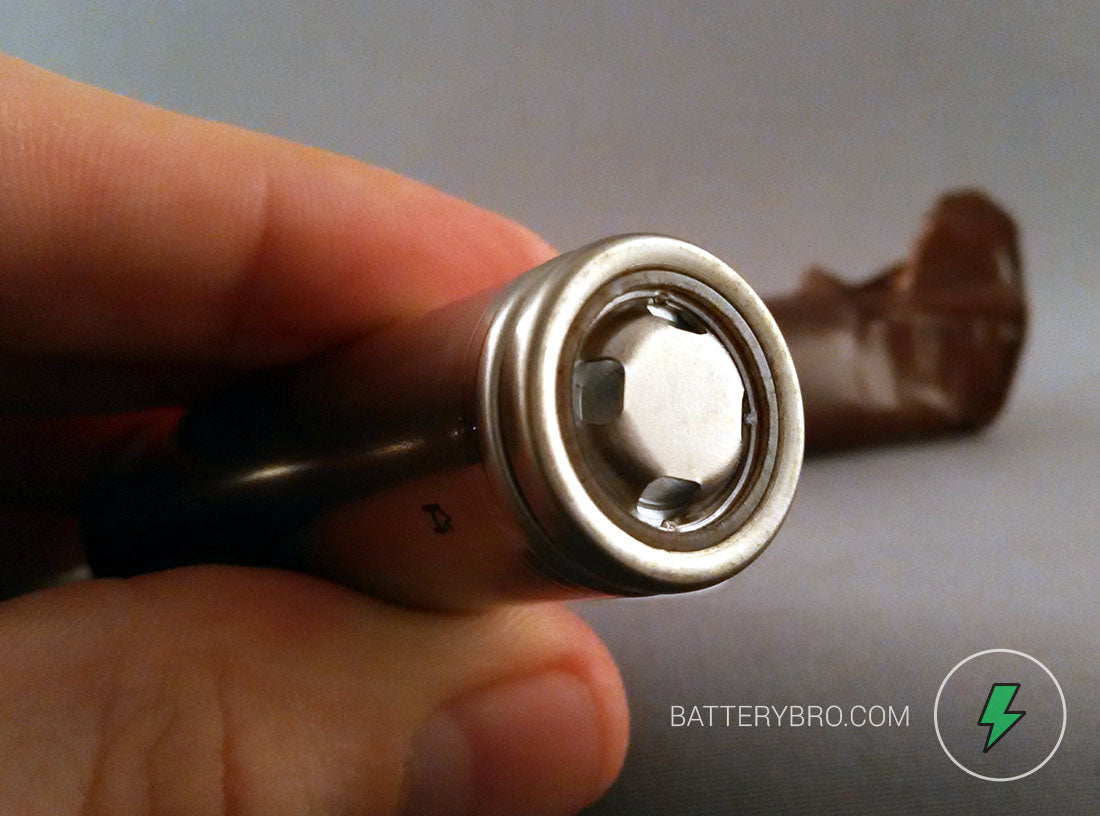
My reasoning is this: the distance between the bridge's swivel point and the HM contact is shorter than the distance between the swivel point and the battery contact, and the bridge battery contact is twice as wide as the bridge HM contact. When you swivel the bridge, the HM contact point will completely disconnect and drop down before the battery contact point reaches the critical wrap area. The tilt will relieve the downward pressure at the battery contact so when it goes over the wrap it's more of a "brushing" or "rubbing" rather than a "grinding" that would wear out the wrapper. So I'm comfortable with the design. Of course, I'll be watching the condition of my batteries like a hawk, because I'm not one to tempt fate.
Man, I feel so bad for Marc, I know that in his shoes I would be freaking out. My worst nightmare would be to have someone get hurt using something I made...
Seems as though he is handling it as best as anyone can.
And yes, the Nomad is a completely different design.
Unless you're actively pressing the fire button, the unit is always off, with a completely broken circuit.
This is exactly correct, and one of my main reasons for the swivel point in the place that it is. When you swivel the connector bridge, the pressure is not only relieved from the battery side, but the bridge is spring loaded so that it will keep itself lifted up. Since the positive plate is a hair taller than the wrapping, the bridge will glide over top of the wrapping without touching it.
@KeroZen, IMO, the vented end should face out so that it has room to offgas in the event of a meltdown. I also need the large flat surface to be in contact with the button terminal.
As it stands, I think that people will just need to be careful to not use a damaged cell. I can't imagine any situation or vape design where a battery is safe without the wrapping/paper washer intact.
One good thing about the battery being exposed on the end is that it's always very visible and easy to see that it's in-tact. It'd be tough to miss any major damage.
What kind of additional wait would we be talking about here, theoreticallyI would hate to cause any delay in production. I think I never awaited any vape so anxiously...
 ?
?